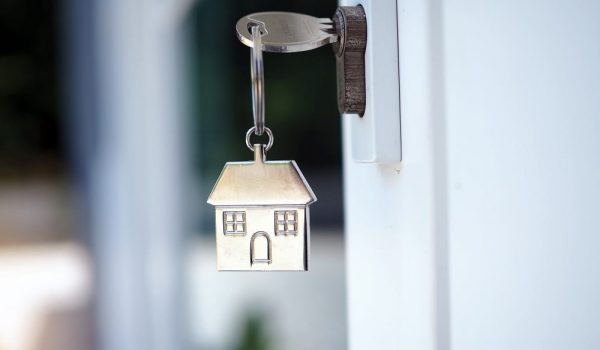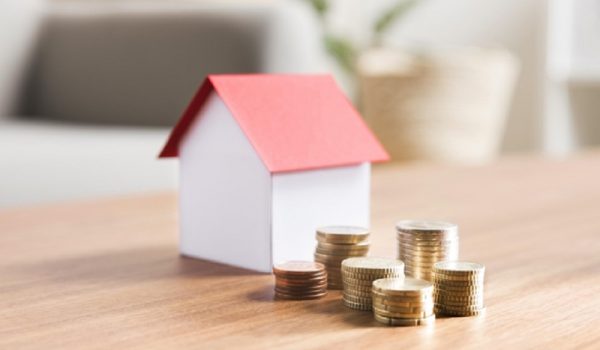Capital growth is the amount of money that your property accrues as time goes on. For instance, if you bought a property for £310,000 and then sold it for £470,000 ten years later, then your capital growth would be £160,000. The longer you have the property for, the more capital growth you’ll get. So, capital growth is basically, the sum of the property’s current value minus what you paid for it. You don’t get any money in the meantime, but rather ‘incubate’ your financial growth.
Rental income, on the other hand, is a readily-available monthly sum of money you receive from tenants for letting out the property to them. For most investors, the majority of the income goes towards paying off the mortgage for that property, with some money left over for them.
Benefit and risks of capital growth
Plus. Many property investors use this type of long-term strategy to fund their retirement. It’s particularly lucrative if the investor does their research well and buys in an area in which quite a bit of regeneration takes place over the years. A good example of this would be regions in London set to benefit from the faster commuting links brought about by Crossrail.
Minus. There is no guarantee that your property will gain in value over the years. On the whole, it probably will, but recessions can cause negative equity i.e. where the property is actually worth less than what you paid for it. Although the market tends to right itself over time, and because this is a long-term strategy, it won’t have a detrimental effect on your capital growth. Having said that, this isn’t a good strategy if you’re looking to make a sizeable amount of money quickly – in say 5 to 10 years. That’s because it really is all about the long game.
Benefits and risks of rental income
Plus. Rental income is a great way of topping up your existing income – especially if your property has a high yield, meaning the rent is paying off your mortgage as well as giving you pocket money.
Minus. In order to achieve a good rental yield, an investor will need to put down a bigger deposit. And, in order, to really make an impressive income (to the extent he or she can give up their day job), they’ll really have to invest in four to five properties. This can be high risk, but work out well if all goes according to plan.
Why it’s best to have a mixed property portfolio
A sensible way to hedge your bets, as it were, is to invest in both a capital growth and a rental income strategy. That way, if the market takes a dip and house values plummet, you’ll still have the long-term capital accrual investment properties to tide you over until it picks up again. Rental income properties can make you money and allow you to enjoy a good lifestyle at the time. But this type of strategy is more susceptible to the state of the economy. Prices can fall as well as increase, and it can be sore if you need to sell when the market is stagnant or worse.
Overall though, both strategies are certainly worth considering, even on their own merits – certainly, there’s still no point putting cash into savings at the moment. Property has to be a more financially healthier option.



